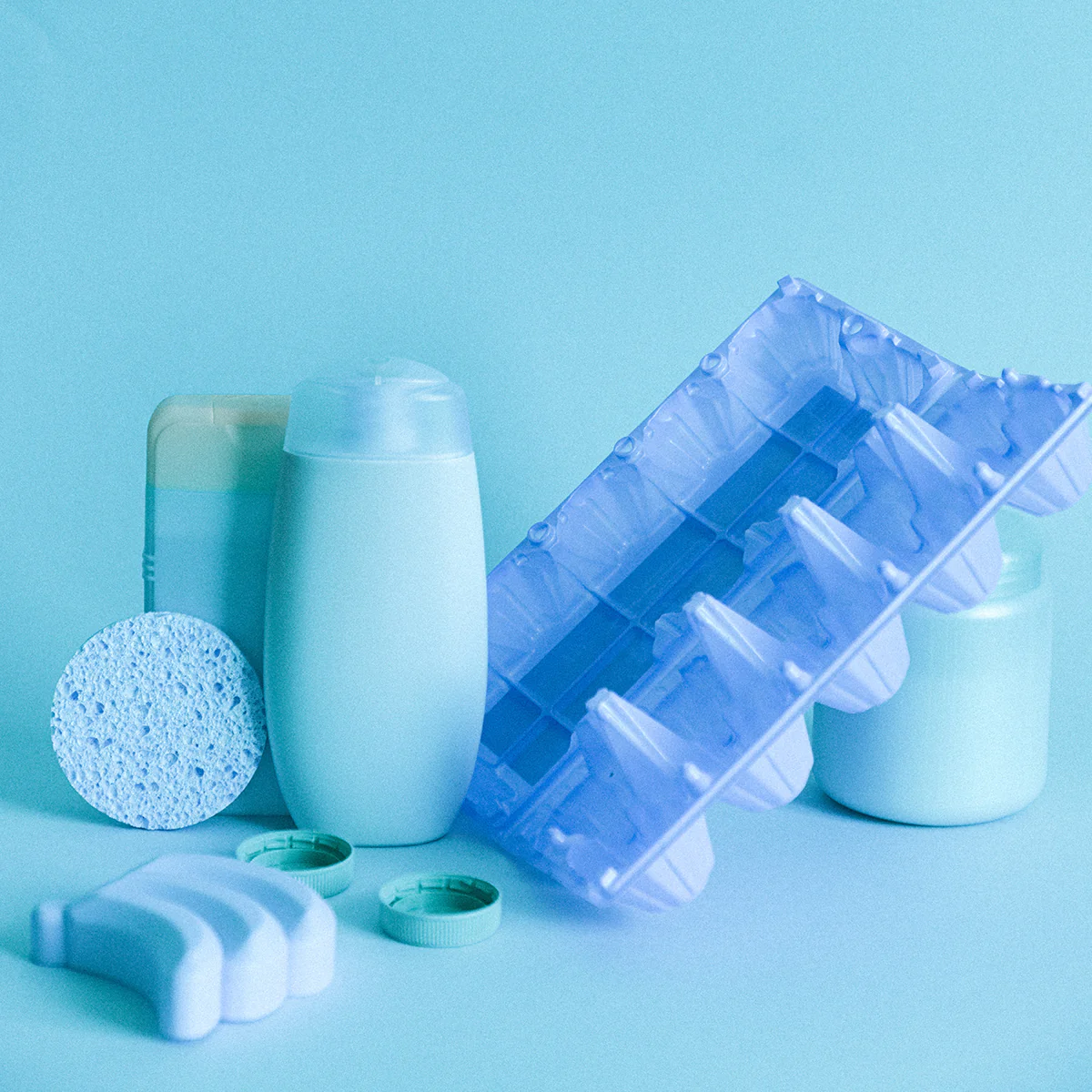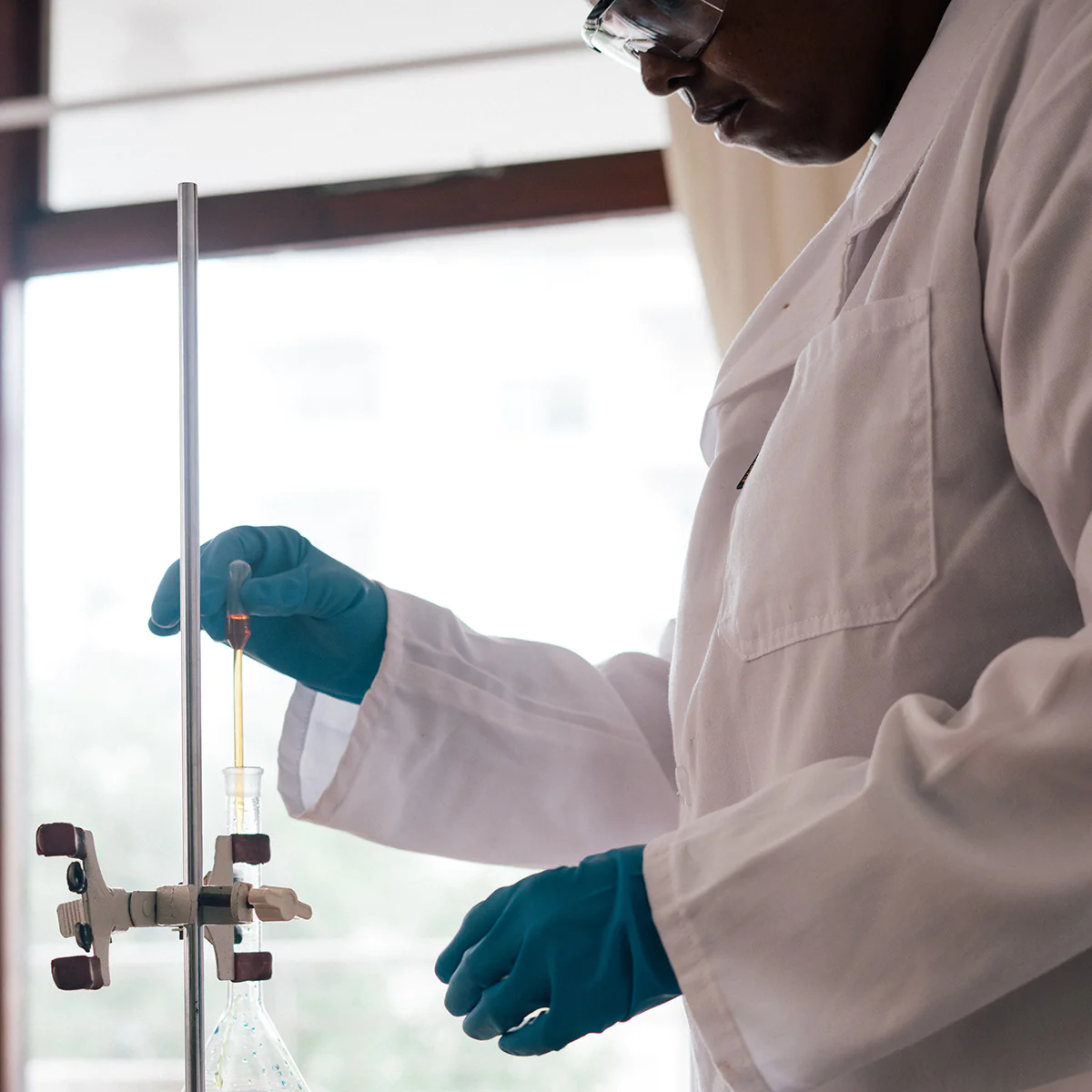Sustainability in sailing, boating and all other water sports
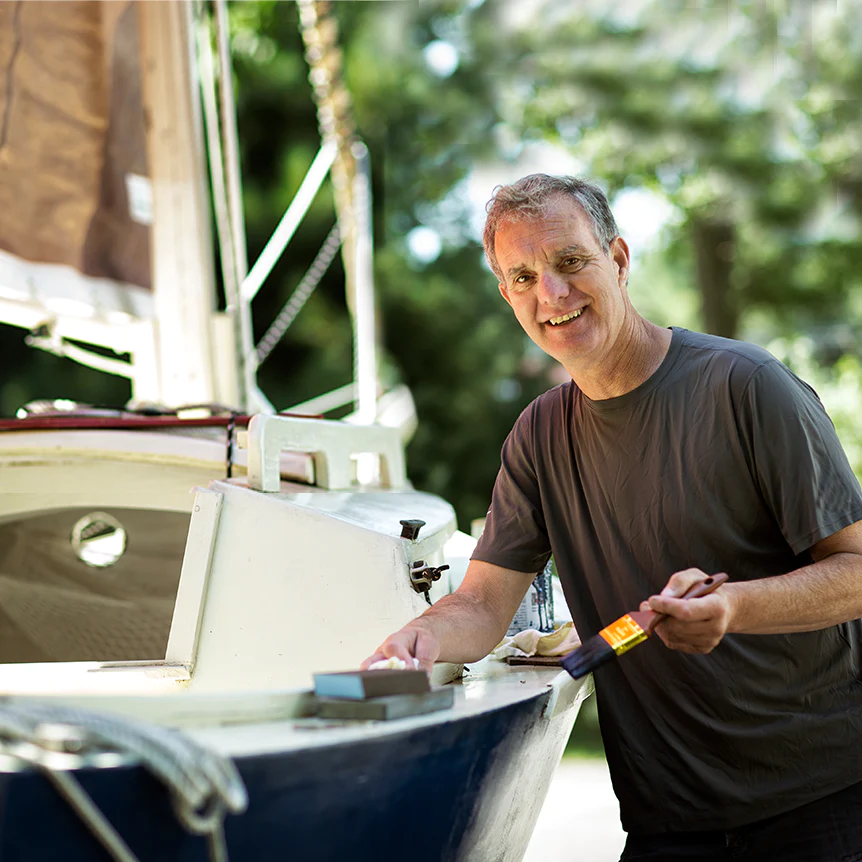
Biocide free
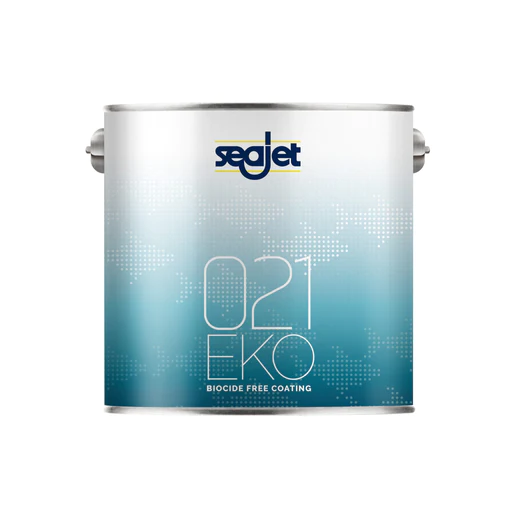
SEAJET 021 EKO
A self-polishing antifouling, that is also suitable for faster boats.
Biodegradable
The biodegradability of products depends on the chemical structure of the materials used.

bluesign®
bluesign® is a seal for sustainably produced textiles and has strict rules for the use of chemicals in textile production. Even before production, it is determined which components and processes meet the specified standards.BPA free
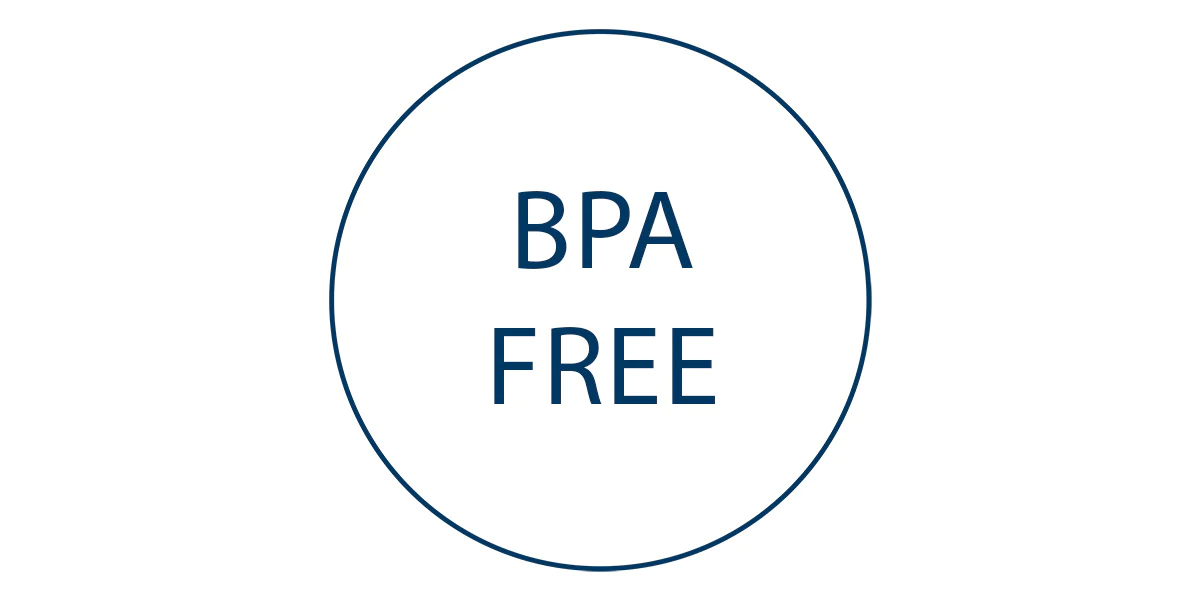
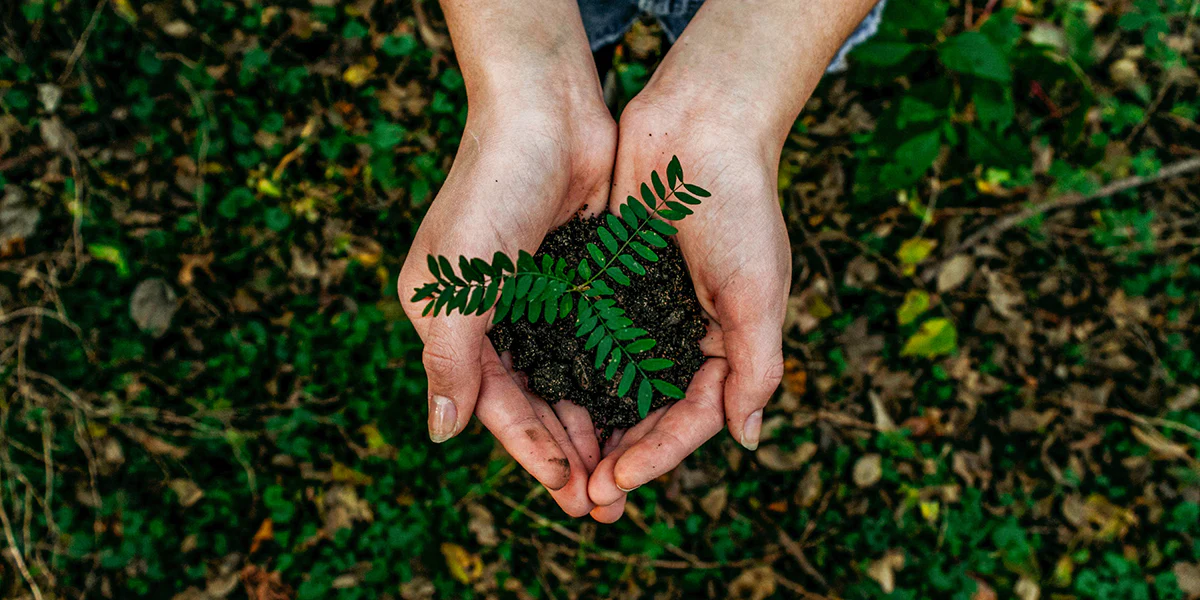
Environmentally friendly
Environmental friendliness means that a product does not pollute nature.Fluorine free
Fluorine is mainly used in extinguishing agents. Fires produce pollutants, but also toxic gases. The faster a fire is extinguished, the fewer pollutants are released, but the use of fluorine can also contaminate the environment. In addition, fire extinguishers that are not fluorine-free usually contribute to significantly higher costs when cleaning up the damage that has occurred, for example on floors. Fluorine is long-lived and quickly accumulates in soil, plants, and even organisms. It is harmful to human and animal health as it affects liver function and can unbalance the body's endocrine system. Fluorine is also said to be carcinogenic. Contact with fluorine or fluorine surfactants should not be taken lightly. Particular caution is required when fluorine residues from extinguishing agents get into the soil and groundwater. Ultimately, we humans absorb toxins through our drinking water and food.
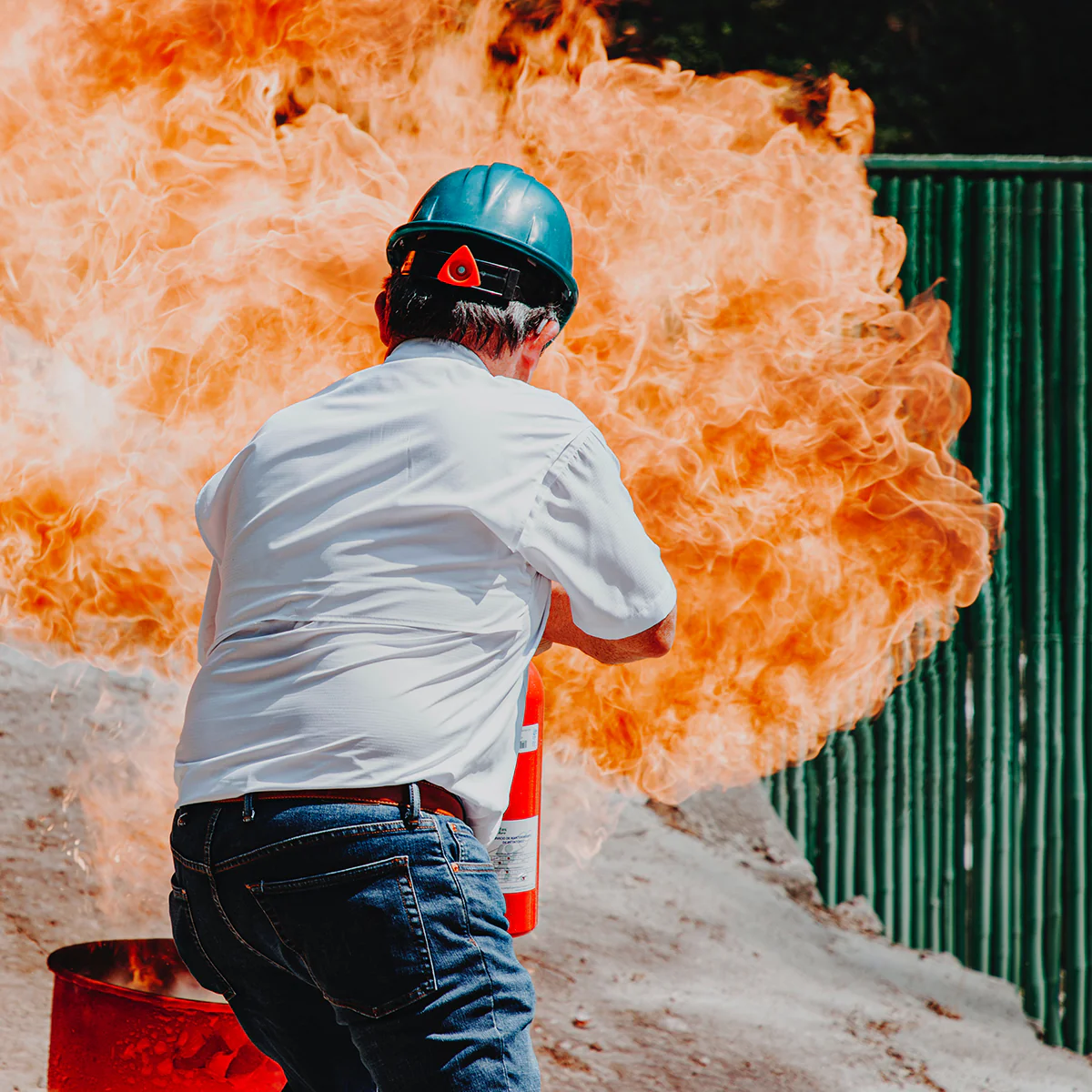

GOTS certified
The Global Organics Textile Standard is a clearly defined, transparent and comprehensive catalog of standards that replaces the often vaguely used terms sustainable fashion and fair production.Organic cotton
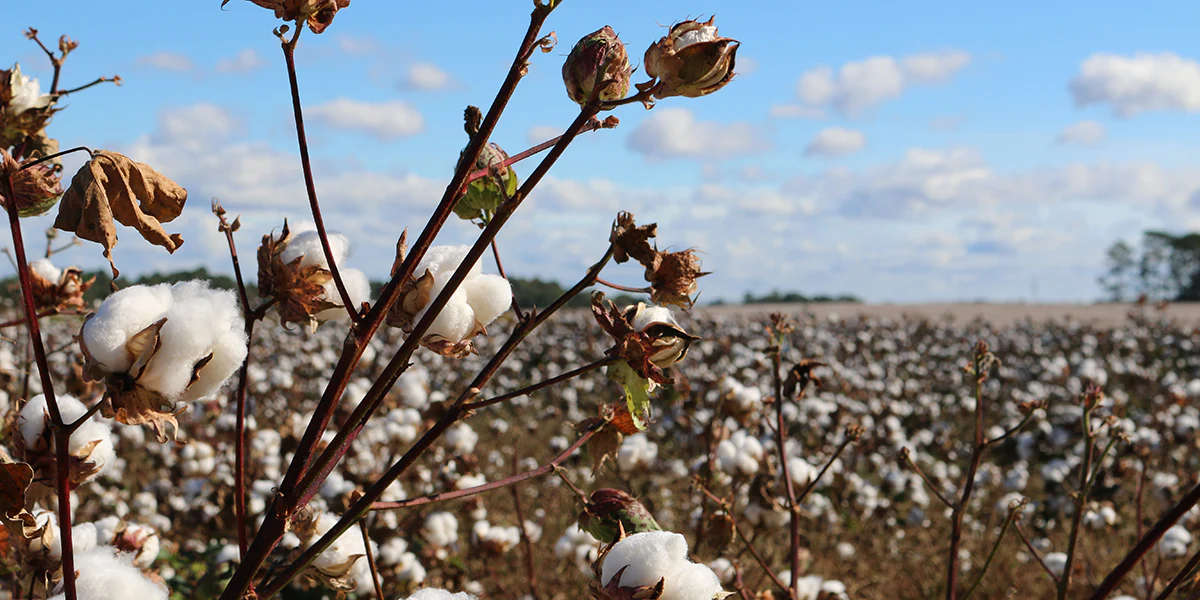
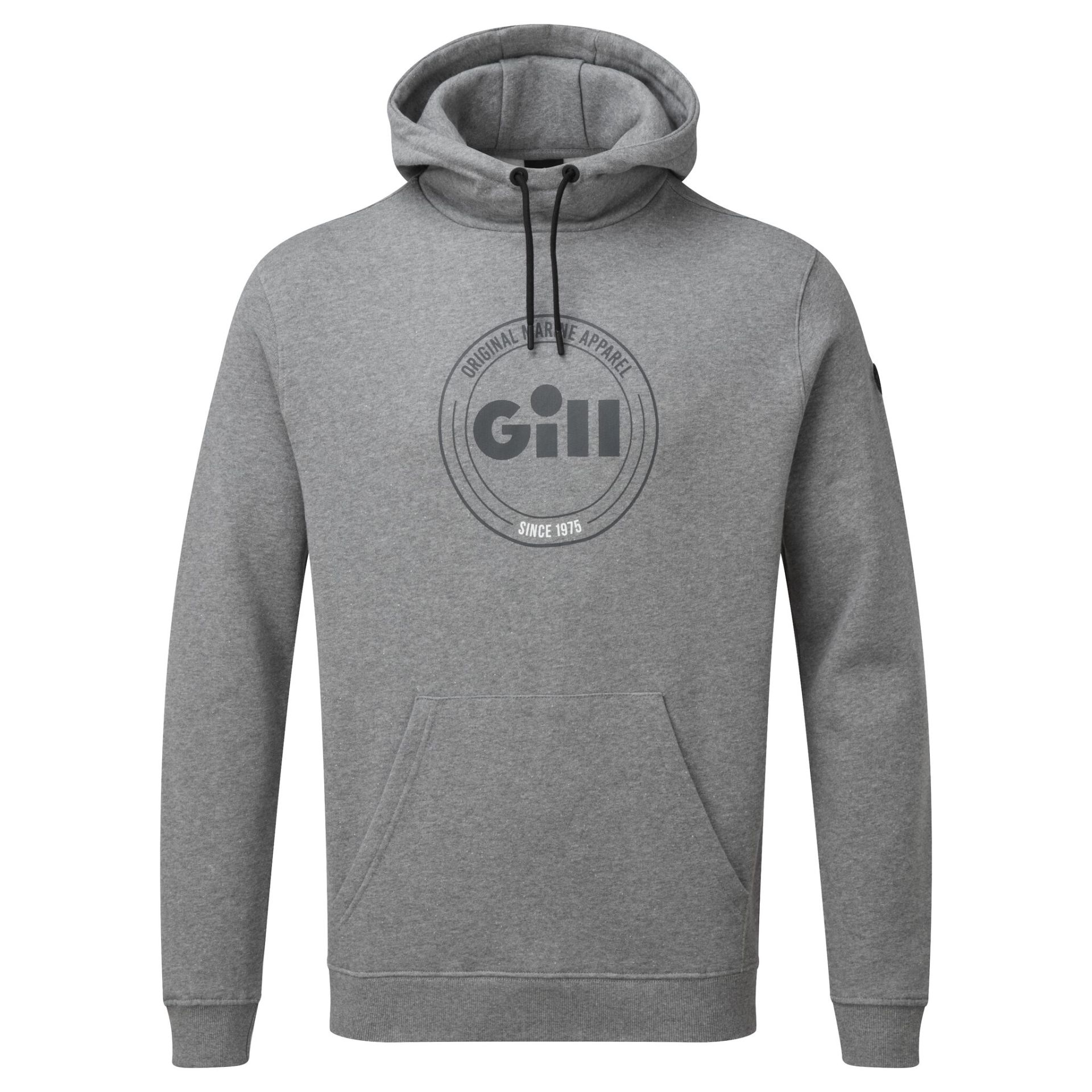
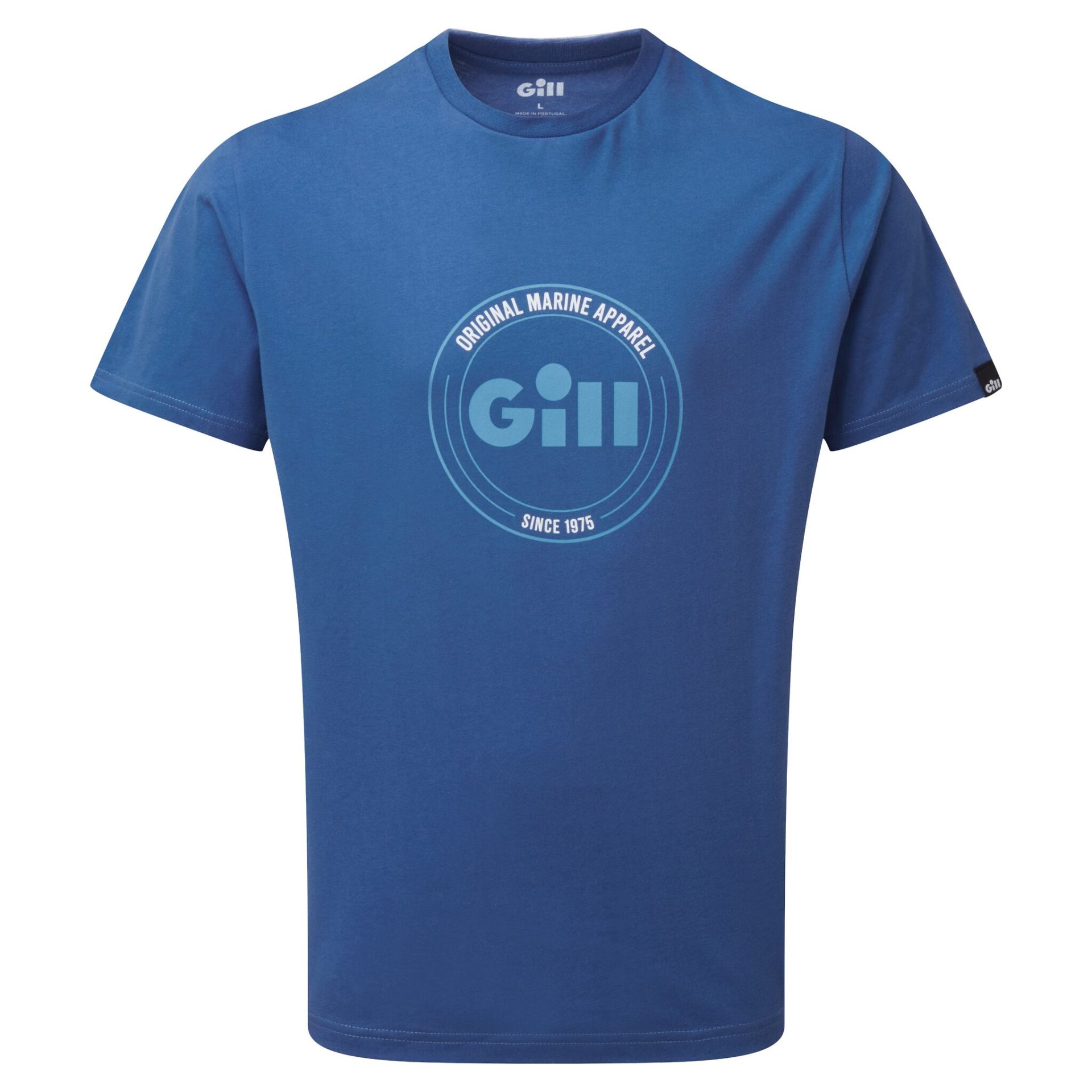
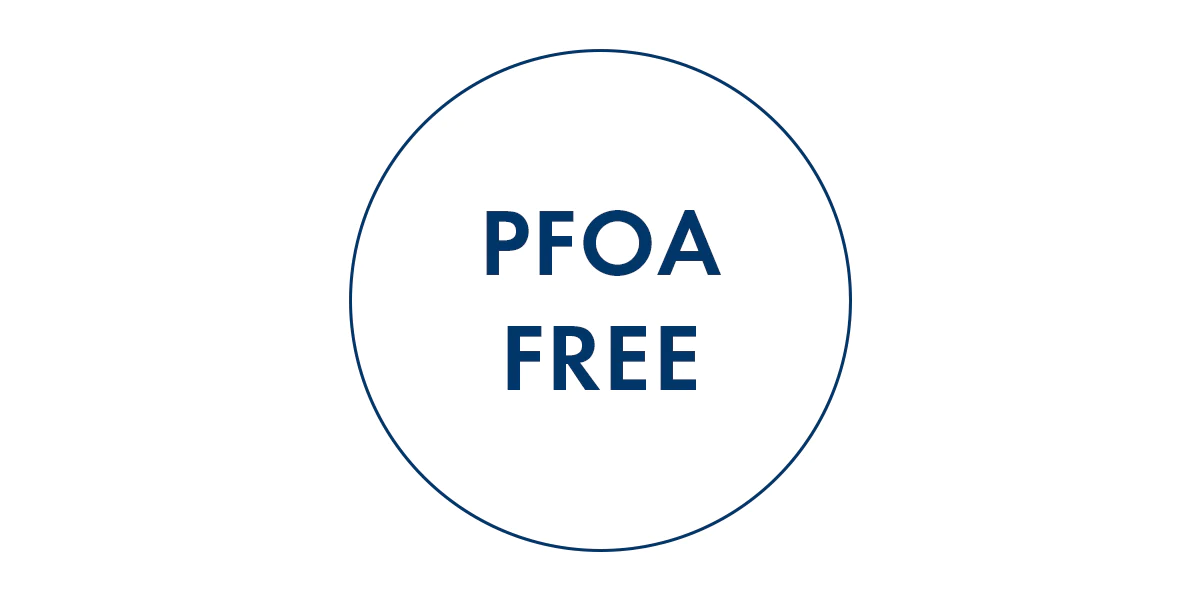
PFOA free
This term is mainly used for cooking utensils such as pans or pots. No materials containing PFOA (perfluorooctanoic acid) are used during the manufacturing process. With PFOA-free pans, you can enjoy every dish you prepare risk-free. PFOA is used to create water or oil repellent properties in products. However, this substance is a toxic substance that is harmful to the environment and can also be hazardous to human health.
Recyclable

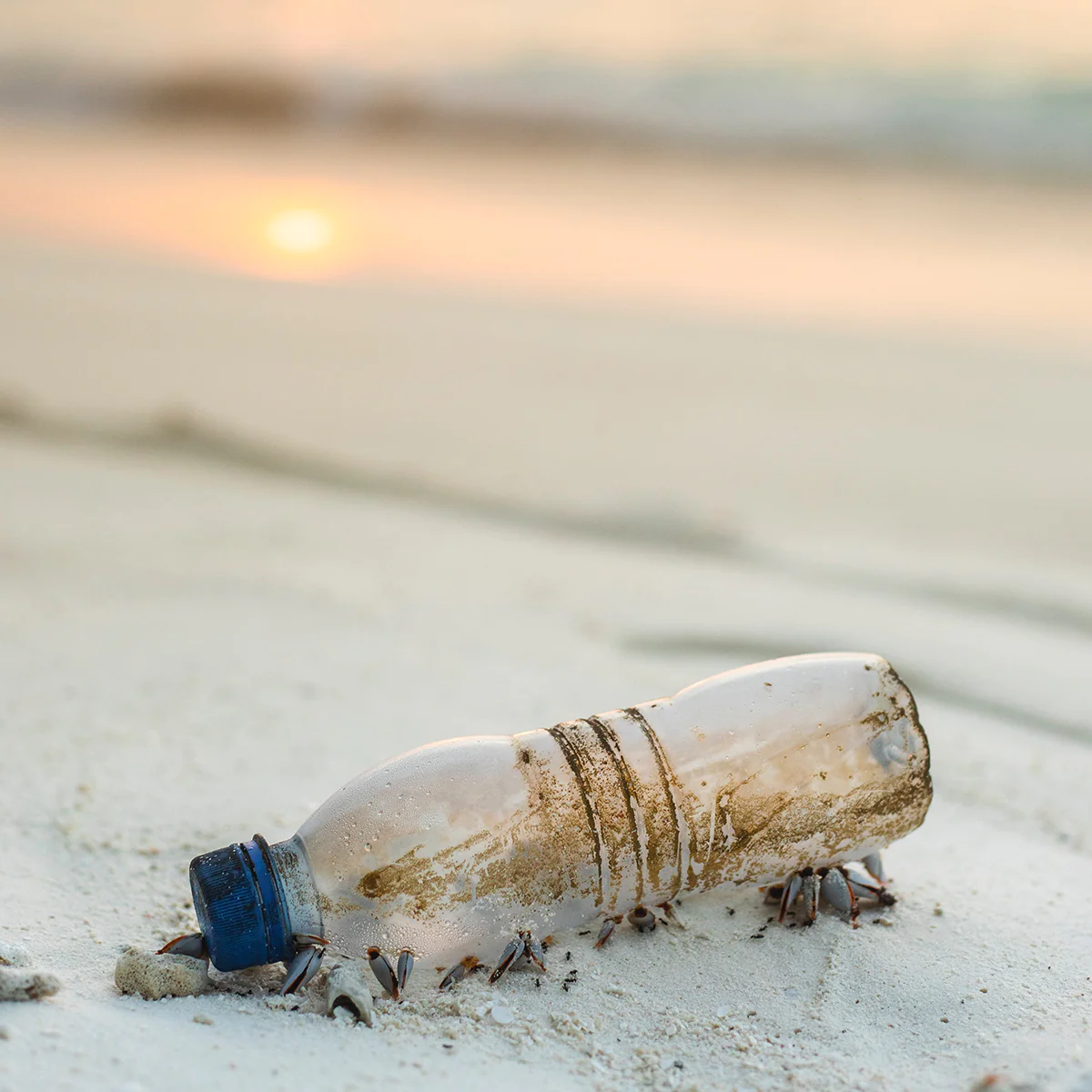
Recycled polyamide
Recycled polyester
According to Greenpeace, polyester, with a share of 60%, is the material most used in the textile industry and is particularly popular in functional sports clothing. Polyester requires less water in production than cotton and has other advantages, because it is breathable, stretchy, and particularly light. However, polyester consists of PET, which in turn is made from petroleum. When washing, the smallest particles, the environmentally harmful microplastics, can detach from the garment and get into the water cycle, further polluting the oceans and ultimately being consumed by people in the food chain. The recycling of polyester is a multi-stage process of cleaning, shredding, melting, and reprocessing - the advantage is that no new raw material has to be produced, but what already exists is used. The amount of water required for this is also lower than with newly manufactured polyester. It would be ideal to do without polyester altogether. With functional clothing, however, the advantages of this material outweigh the disadvantages, so that the proportion of recycled polyester should be as large as possible to pollute the environment as little as possible.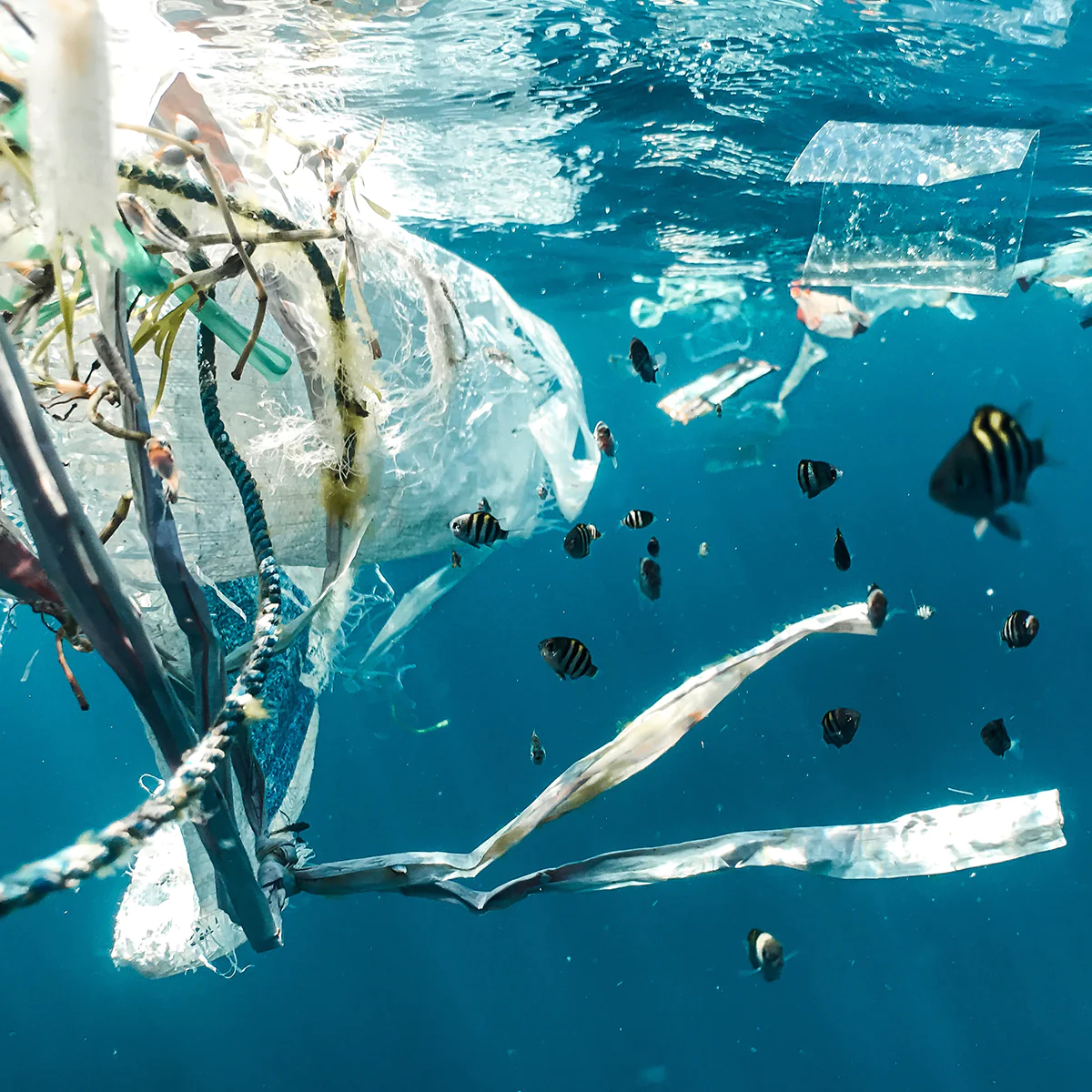

GILL OS25 OFFSHORE JACKE
This jacket is exclusively available in our store and made from the latest generation of recycled fabrics.
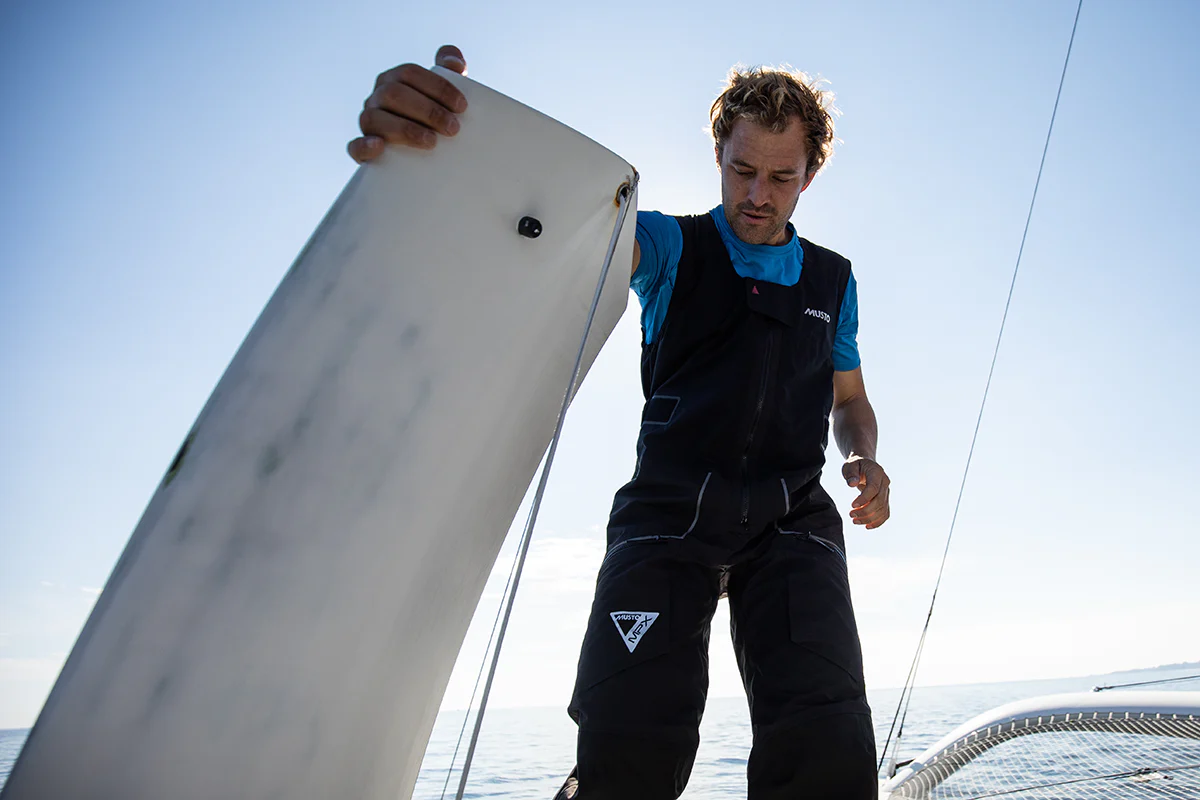
MUSTO SALOPETTE MPX PRO RACE
A high-tech, water- and windproof salopette to protect you from all weather conditions at sea.
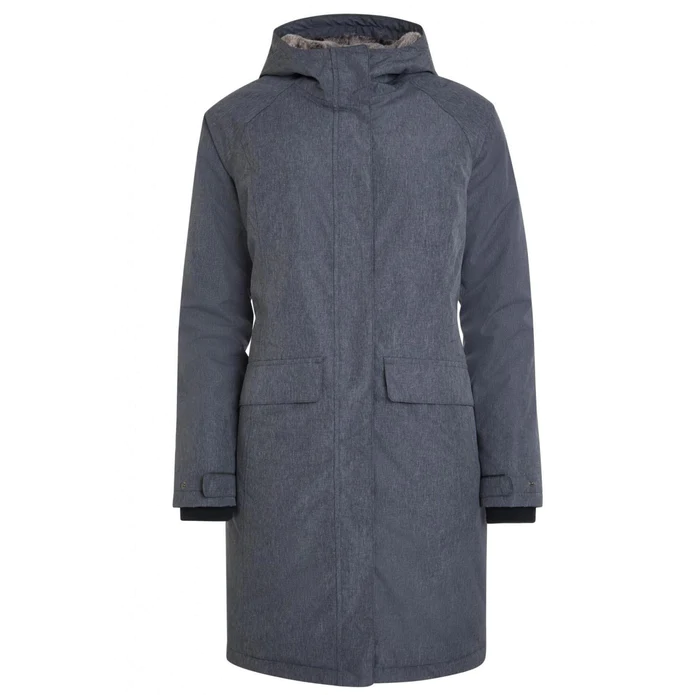
ELKLINE Feel Good RAINCOAT
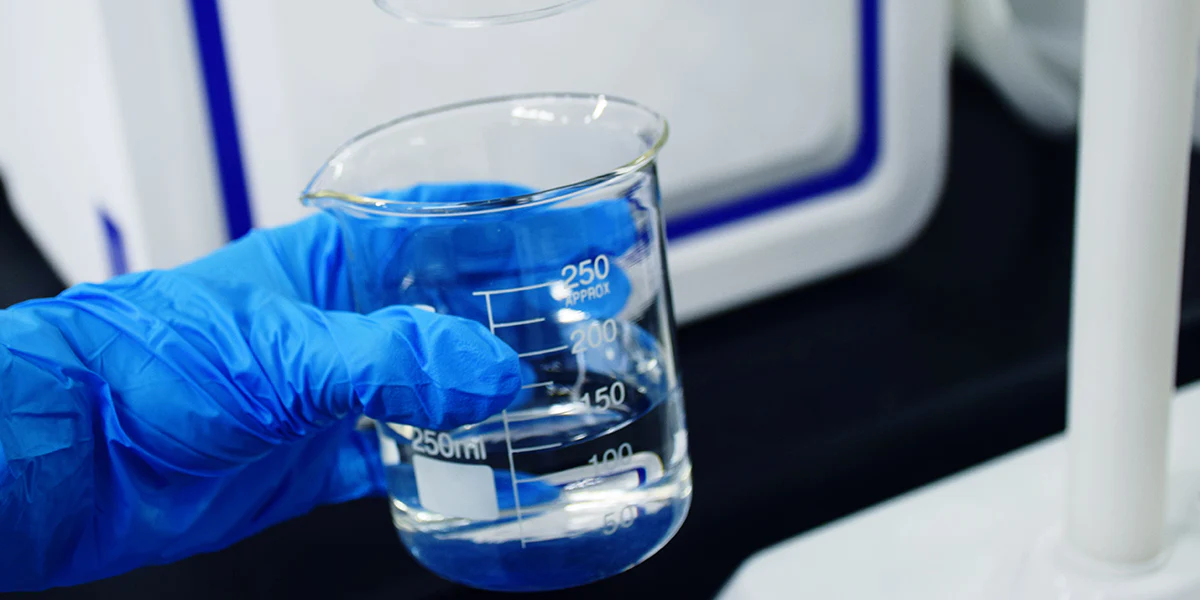
Solvent free
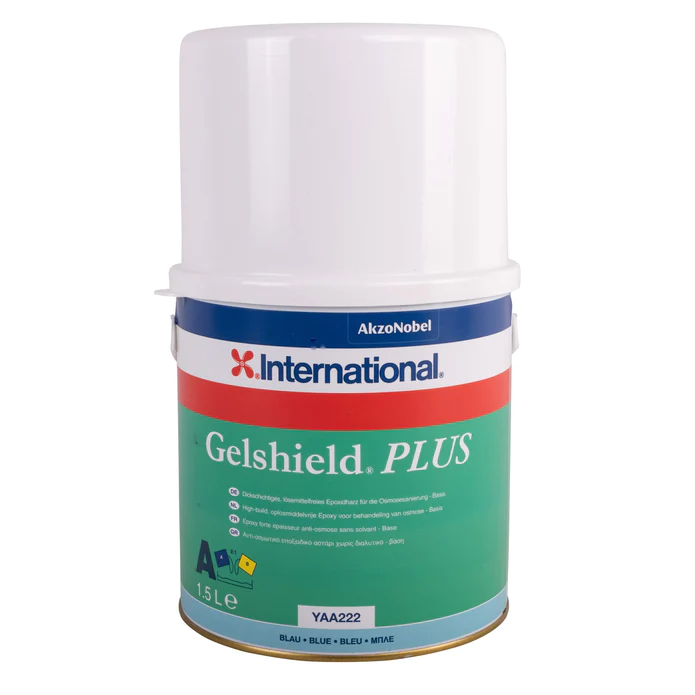
INTERNATIONAL GELSHIELD PLUS
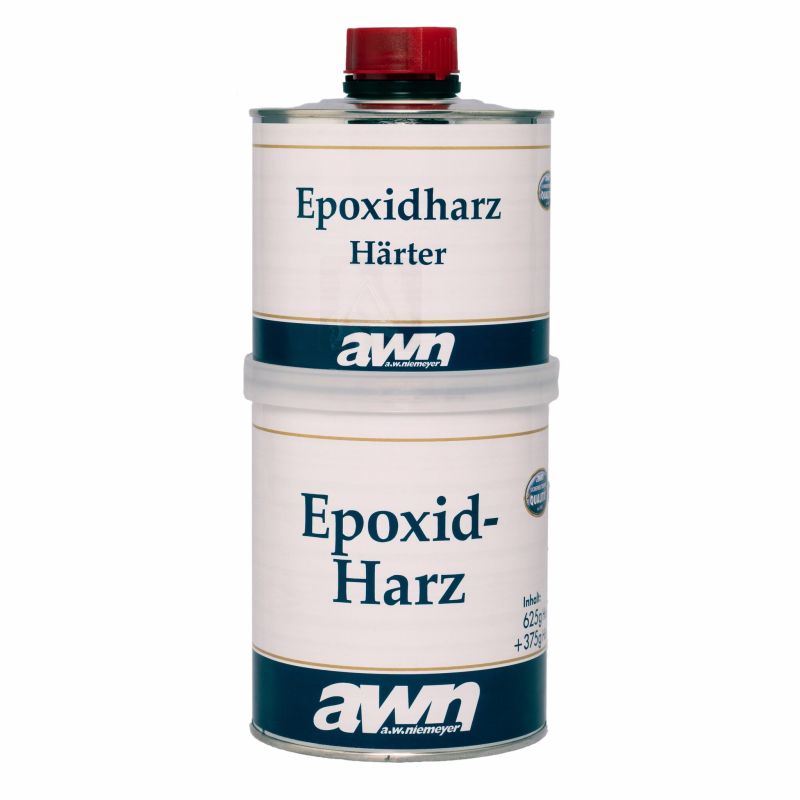
awn epoxy resin
Solvent free products
They offer the advantage that no harmful solvents can penetrate the substrate and form bubbles there
Without plasticizer
Phthalates are commonly referred to as plasticizers. These solvents make plastics, especially PVC, flexible without making them brittle. However, plasticizers evaporate over time and are released into the environment, primarily through the air. Plasticizers are hazardous to health because they e.g., are toxic to reproduction.
